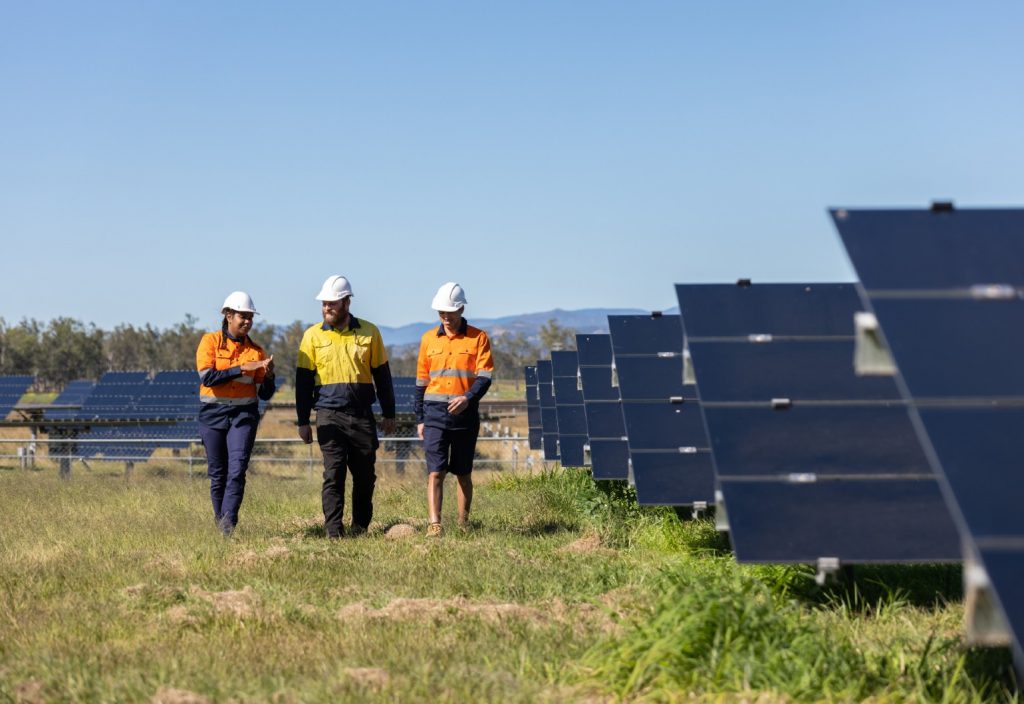Ahead of their appearance at Engineers Australia’s Reconciliation Week webinar on Friday this week, create spoke with two Indigenous leaders in the engineering industry about how organisations can accelerate their engagement with Indigenous employees.
Reconciliation Week, which runs each year from 27 May to 3 June, is an opportunity to celebrate First Nations people, culture and traditions, and recognise the work still to be done to bridge the gap with Indigenous Australia.
With this year’s celebrations marking 55 years since the 1967 referendum and 30 years since the High Court Mabo decision, the theme of ‘Be Brave. Make Change.’ is especially pertinent.
The bigger picture
From roles at the Aboriginal Legal Service to the Royal Commission into Aboriginal Deaths in Custody, Gamilaraay man Russell Reid has been at the forefront of numerous initiatives to foster positive change for First Nations people.
Reid, who is Senior Aboriginal Affairs and Participation Consultant and National Reconciliation Action Plan Lead at WSP, has an understanding for how organisations can better recognise the contribution of Indigenous employees.
He believes the spirit of reconciliation involves inviting long-term change, not simply ticking a box.
“Some organisations say, ‘Look at what we’re doing.’ he said, referring to how some companies point to the existence of Aboriginal employees in their employment as a sign of their action on Indigenous participation. “But it’s always on them whitefellas’ terms.”
True engagement goes beyond surface-level acknowledgement, he said.
“As a young engineer or undergraduate, I’d want to keep my connection with Country. Organisations can have their KPIs and my service, for a reasonable fee, but you’re not doing me a big favour. We have to scratch each other’s back.
“Organisations are usually focused on the task at hand, and may not question what improvements can be made to future proof their organisation and make real change.”
Engineers Australia Fellow Grant Maher FIEAust, a descendant of the Gumbaynggirr and Biripi people, and Chair of the Engineers Australia’s Indigenous Engineering Group, says programs encouraging greater Indigenous participation in segments of the workforce often focus on the individual at the expense of the bigger picture.
“I lost my connection with culture for a period of time, until I was able to get back to where I grew up,” he said. “Strengthening that connection helps you individually, but the individual also has an effect on younger people around them. You lose that if you focus on one singular person.”
Maher suggests organisations engage leaders like Reid to help them realise the benefits of allowing Indigenous employees to “work off Country”, which he believes can both improve the productivity and wellbeing of individuals and be a boon to the larger community.
“Having the flexibility to be with my family, I feel like my work is 10 times better,” he said. “The ability to mentor young kids in the community and have them see someone from the same background – that’s a very potent tool for the community.”
It’s invaluable when “someone can talk both from an Indigenous perspective, a community perspective, and also from a corporate, engineering perspective”.
Maher believes some employers fall down when they put undue focus on the existence of a RAP rather than the outcomes that result.
“People see a RAP as the solution, but a RAP is only one tool of many that can be utilised.” he said. “One of the things is actually sitting down with your Indigenous employees and having conversations – actively listening, getting involved and opening up dialogue.
“Don’t rely on Indigenous employees to carry the flag.”
Long-term change
For Reid, the crux of the matter is ensuring that talented, up-and-coming engineers – and workers of any industry – are not “lost” to the city but encouraged to return to their home communities.
This would enable Indigenous youth to build their professional careers while maintaining a steadfast connection with Country and community.
“When a young person leaves their Country to get an education, nine times out of 10 they don’t return home,” said Reid. “The community loses that young leader, which puts pressure on the community.
“As [organisations] bring more young [Indigenous] people on board, they’re taking their talent to the cities. But we need to explore more options of when they can stay at home.”
He perhaps sums it up best with a call to widespread action on engagement with Indigenous Australia.
“Supporting and engaging with Aboriginal employees gives the industry an insight into the challenges that Aboriginal people face, and in turn creates trust and opens up communication so Aboriginal people feel safer in approaching employers,” he said.
